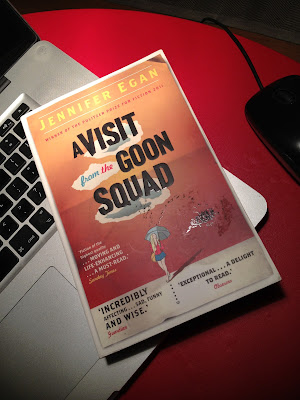Today I listened to BBC Radio 4's Desert Island Discs. The castaway was author and ceramicist Edmund de Waal, whom I knew about through his bestseller The Hare with Amber Eyes. The acclaimed book is about his ancestry and, in particular, a series of porcelain figures known as netsuke that he inherited from an uncle who lived in Tokyo.
 |
| Beautiful objects - netsuke |
It was one of those radio programmes stays in your mind for a while. I think this resonance was for a couple of reasons. First, de Waal is a very personable interviewee and had enjoyed an enviable upbringing from which he pulled some evocative anecdotes. Second, he also had an interesting back story to his adult life in terms of his struggle to achieve success as a potter after he left university, which made one feel sympathetically towards him. Finally, he is an eloquent person with an economical but precise use of words that reveals a clarity of thought, which I find to be quite rare. I think that people usually overdose on information without having the time to organise and reflect on it and are therefore unable to make clear points. De Waal made several clear points, one of which - about the importance of objects or 'things' to people - I found profound.
 |
| Edmund de Waal's The Hare With Amber Eyes |
The gist of it was this. As things, or objects, move around the world from hand to hand, they gain stories like a "patina". The objects that de Waal refers to are things that someone has made and spent time "thinking it through". The point de Waal makes is that their monetary value is inconsequential (partly because they are not for sale) but mainly because their value is "elsewhere". The value should also include all the patina which are the previous stories and also the story that you yourself are constructing through holding it. So when you pick an object up, you have two things - someone and a material and those two are the beginning of another story that adds to the patina.
De Waal also made another interesting point about the 'pleasures' of persistence and repetition at a craft, which I dwelt on and will try to apply to my cello practice!
However, it is the image of hands holding beautiful objects and somehow imbuing them with a story after story that resonates with me.
Apart from Talking Heads and Philip Glass, I didn't much care for de Waal's Desert Island Discs.










